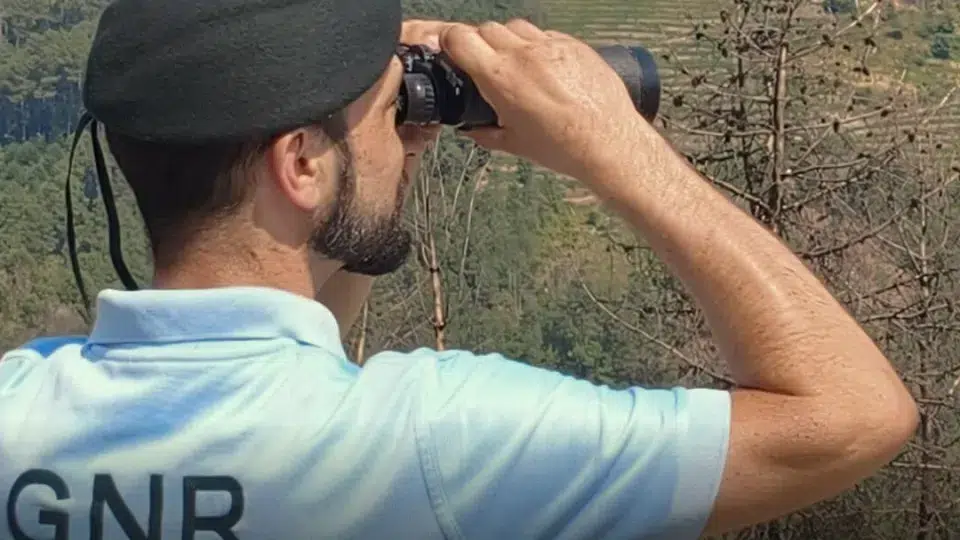
The GNR has announced an increase in patrols and surveillance in high-risk forest and agricultural areas to deter negligent behavior and quickly identify suspicious situations.
The agency urges all citizens to act responsibly, emphasizing the importance of avoiding actions that might cause fires, such as lighting fires or bonfires, making open burns, launching fireworks or hot air balloons, and treating beehives without spark-arresting devices.
Additionally, the GNR warns about the dangers of operating tractors, machinery, and heavy transportation vehicles without extinguishers, spark or flame arresters on exhaust pipes or chimneys.
In a statement released today, the GNR recommends that the public keep track of meteorological warnings and fire risk levels through official channels and avoid unnecessary travel to forested areas on high-risk days.
Since February 16, the GNR has been running the Safe Forest Campaign 2025, which includes awareness, enforcement, surveillance, and rural fire detection efforts, in addition to investigating forest fire crimes and validating burnt areas.
As part of this initiative, 7,280 forest fires have been recorded up to September 14.
Of these fires, 26.0% were due to arson (1,407 cases), while 24.6% were caused by the use of fire (1,330 incidents from trash burning, fires, launching fireworks, and bonfires).
More than one in ten fires was accidental, 8% were reignitions (435 cases), 1.2% had natural causes (64 cases of lightning strikes), and 0.6% resulted from activities such as hunting.
Regarding fire surveillance and detection, the GNR issued over 2,600 notices of violation by September 14. These include 2,239 for failure to manage fuel, 398 for improper use of fire, and 34 for restricted access violations.
The GNR has also arrested 52 individuals caught in the act of committing forest fire crimes and identified 651 suspects involved in such activities.
The Portuguese Institute for Sea and Atmosphere (IPMA) reports that about 80 municipalities in the districts of Vila Real, Bragança, Viseu, Guarda, Coimbra, Castelo Branco, Santarém, Portalegre, and Faro are currently at maximum risk of rural fires.
The forecast for hot weather prompted Civil Protection to issue a warning on Tuesday for very high to maximum fire danger levels in the north and center of the country, as well as in the Algarve, due to expected high temperatures in the coming days.
The National Authority for Emergency and Civil Protection (ANEPC) noted that temperatures could reach 40 degrees in the southern interior regions and Tejo and Douro valleys.
The authority, referencing IPMA data, highlighted a relative humidity below 30% across much of the territory, “with poor night recovery.”




